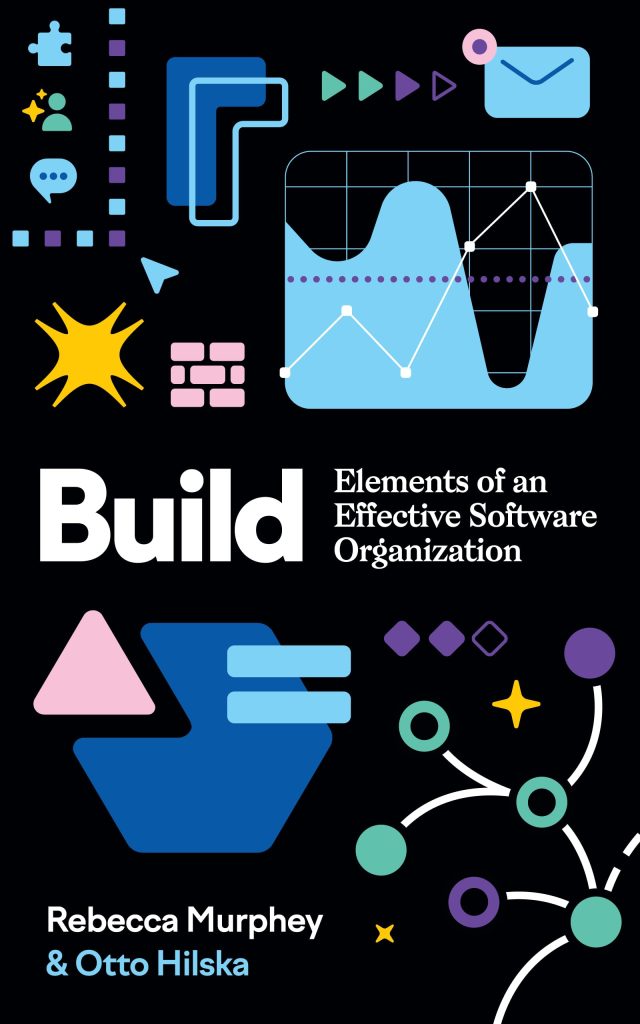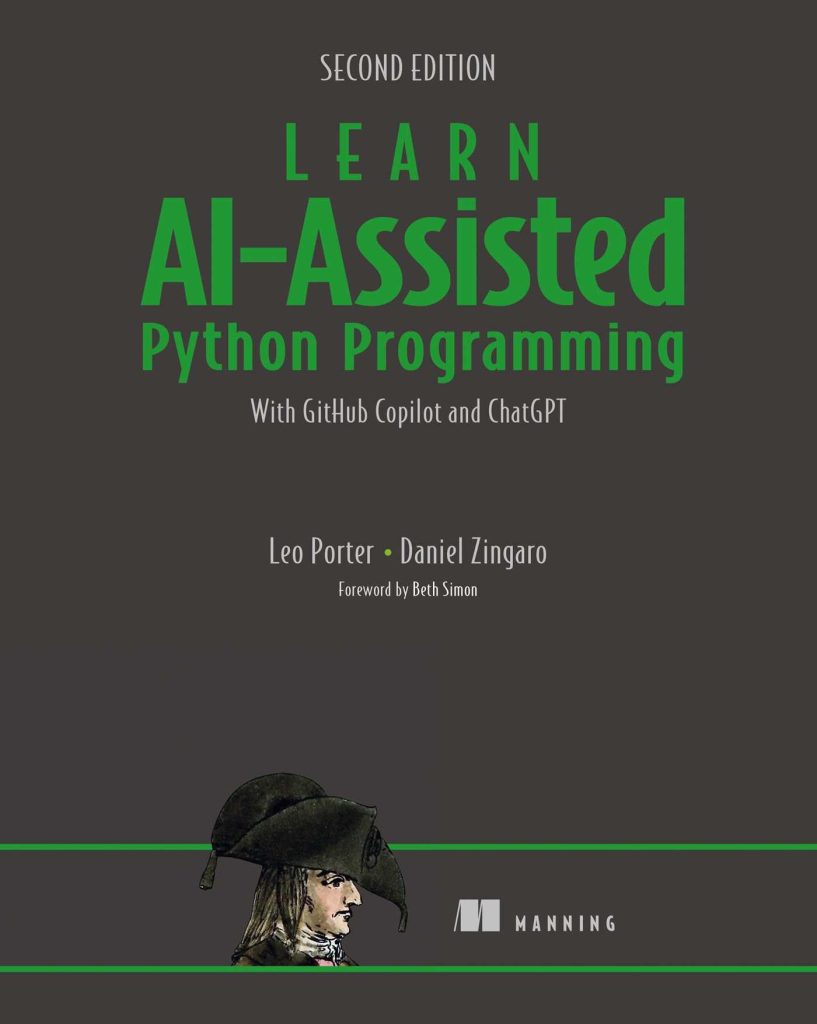Unbeknownst to most of us, we all make heavy use of JavaScript dozens of times a day. From desktop computers and mobile phones to smart TVs and even contemporary cars, nearly every connected device we use on a daily basis makes heavy use of JavaScript to help us browse the web and live out our digital lives.
In spite of the ubiquity of JavaScript you may still be wondering, “What is JavaScript, exactly?” (Just to clarify, JavaScript is not Java.)

At its core, JavaScript is a programming language which is used to facilitate interactions between a user’s web browser and the website or service the user is visiting. Virtually every aspect of the browsing experience — from the visual look and feel of a site to the underlying information that represents the movie titles being displayed on sites like Netflix — can be altered within the browser using JavaScript.
By being able to interact with every object that makes up a web page, JavaScript can perform some very magical tasks. Even so, the most mundane uses of JavaScript are witnessed by users so frequently that many people may not even realize JavaScript is under the hood. Common implementations of JavaScript include: confirming that the user has entered a properly formatted email address into a form; automatically placing the text cursor into a search box when loading a page like Google.com; or loading small sections of a page, such as the next series of movies in a list, without the need to reload the entire page.
At the simplest level, JavaScript code is loaded behind-the-scenes when a web page is visited in nearly any state-of-the-art browser. Once that page has finished loading and is displayed on screen, the JavaScript code is executed and instructs the browser what additional actions (if any) should take place. If no immediate action is to take place (such as placing the text cursor in a search box), then typically the JavaScript code simply sits idle, waiting for a particular event to occur, at which point the JavaScript code fires and performs a necessary action.
For example, when filling out the password box in a registration form, JavaScript will often be waiting for the moment when the user begins typing characters into the password box. In the event that the user types a special character that this particular web page doesn’t allow as part of a valid password, the JavaScript code will immediately notice this issue and pop up a small text alert near the password field, informing the user of this issue.
While adept users may consider or even recognize that this verification process of ensuring the password field contains valid characters can be performed by the server (the remote computer hosting the website), this illustrates the fundamental power of JavaScript as a technology: JavaScript can perform tasks immediately, directly on the device the user is interacting with, without the delays normally necessary when sending and receiving information from a web site.
Why is JavaScript Essential?
Aside from the power and control that implementing JavaScript into a website has for the company behind that site, it’s also critical to understand just how vital JavaScript as a technology is, both at present and well down the road for the foreseeable future. Having a solid grasp of what JavaScript is, and perhaps even how to begin coding and working with it, are among the most crucial skills anyone interested in web technologies or development can gain.
A multitude of technologies have sprung up in recent years that heavily focus on utilizing the power of JavaScript.
Node.js, a server-side JavaScript library built using Google’s V8 JavaScript engine, is among the most dominant of these technologies. Node.js is powerful and robust enough that, over the last few years, a great number of big name companies have migrated their services from older technologies to Node.js, including Netflix, PayPal, and Uber. What makes Node.js so interesting is that, unlike most implementations of JavaScript in the past, Node.js allows JavaScript to be the backbone language that handles everything on the server itself, rather than merely managing interactions only on the user’s computer.
Not only is JavaScript widely used by massive companies and services, in fact all signs indicate that it’s among the most popular programming languages used day-to-day by developers worldwide.

StackOverflow — a question and answer forum for developers and one of the most commonly visited sites by professionals in the industry — recently released their annual Developer Survey, which asks developers a series of questions related to their work. A whopping 85% of full-stack developers (those that work on both client-side and server-side solutions) indicate they use JavaScript in their work, making JavaScript over 25% more popular than the next closest technology. And thanks, in part, to the growth of server-side technologies like Node.js, JavaScript is even the most popular language for back-end developers as well. As the StackOverflow editors plainly state it, “JavaScript is the most commonly used programming language on earth.”

Where to Begin Learning JavaScript
For individuals intrigued by the popularity and power of JavaScript, and wishing to learn more, there are a plethora of sites and resources available to let you dip your toes in the JavaScript water and begin learning. Below we’ll explore just a handful with links to get you started right away.
JavaScript.com Interactive Tutorial — A simple and straightforward tutorial that allows you to get started writing JavaScript code immediately.
Eloquent JavaScript Online Book — If you enjoyed cramming for tests in school or just like to digest information in sequen
tial pages and ordered chapters, then this online book is a great place to start and it can teach you all the basics you’ll need to know to start working with JavaScript.
CodinGame.com — JavaScript is just one of the many languages that this fun teaching application allows users to utilize. Write JavaScript code as small snippets of a game and witness the results of your code as you destroy monsters or navigate your hero through treacherous caves.
Mozilla Developer Network JavaScript Guide — For individuals who like their information laid out before them and just want to jump around to whichever topic their heart desires, then it’s tough to go wrong with the MDN JavaScript Guide.
CodeSchool JavaScript Roadtrip — A polished and “gamified” interactive tutorial that aims to teach you the fundamentals of JavaScript while also providing short video lectures on critical subjects while you progress.
Last but not least, if you’re looking to go deep into JavaScript check out Coding Dojo’s 14-week program that covers the MEAN stack (full-stack JavaScript platform), and other front-end and back-end technologies.
Source: https://www.codingdojo.com/blog/what-is-javascript




